Wet Cat Food: Top 7 Things You Need to Know
As cat owners, we’re constantly making choices about what to feed our feline companions. With so many options available in the pet food aisle, the decision between wet and dry cat food can be overwhelming. Cat food wet varieties have gained popularity for good reason, offering unique benefits that make them worth considering for your furry friend. In this comprehensive guide, we’ll explore everything you need to know about wet cat food – from ingredients to storage, feeding guidelines to selection tips – helping you make an informed choice that both you and your cat will appreciate.
Table of Contents
Introduction: Why Choose Cat food wet?
Wet cat food comes with several advantages that make it an attractive option for many cat owners. While dry kibble has long been a staple in feline diets, the rising popularity of wet cat food is no coincidence.
Natural Moisture Content
A key distinction between wet and dry cat food lies in their moisture levels. Wet cat food typically contains between 75-85% water, compared to around 10% in dry food. This higher moisture content more closely resembles what cats would naturally consume in the wild, as prey animals are approximately 70% water.
“Cats evolved as desert animals and have a naturally low thirst drive, often not drinking enough water to compensate for dry food consumption. Wet cat food can help bridge this gap.” – Cat Nutrition Expert
Palatability and Texture Variety
Most cats are more attracted to wet food than to dry kibble. The variety of textures available – from smooth pâtés to chunky morsels in gravy – can keep even the pickiest eaters interested in mealtime.
Common Misconceptions About Wet Cat Food
Let’s debunk some common myths about wet cat food:
Myth 1: Wet cat food causes dental issues. While dry food was once thought to be better for dental care due to its abrasive texture, studies have shown limited dental benefits from kibble alone.
Myth 2: Wet cat food is more expensive. While the per-can price may be higher than dry food, proper portion control means you may actually use less product overall.
Myth 3: Wet food spoils quickly. Modern packaging and proper storage techniques have made this less of an issue than in the past.
Understanding Wet Cat Food Ingredients: A Label-Reading Guide
Navigating cat food labels can feel like deciphering a foreign language. Understanding what you’re looking at helps you make better choices for your feline friend.
Key Ingredients in Wet Cat Food
Protein Sources: As obligate carnivores, cats require animal protein. Look for named meat sources like “chicken,” “turkey,” or “salmon” rather than generic terms like “meat by-products” or “animal derivatives.”
Carbohydrates: While not nutritionally essential for cats, carbohydrates often appear in wet food as thickening agents or fillers. Common sources include rice, potato, or tapioca.
Fats: These provide energy and enhance palatability. Look for named fat sources like “chicken fat” or “fish oil.”
Vitamins and Minerals: These essential nutrients ensure your cat’s diet is complete and balanced.
Water: The main ingredient in wet cat food, providing natural hydration.
Decoding the Ingredient List
Ingredients are listed by weight in descending order. The initial ingredients constitute the main portion of the food. Here’s what different terms on the label actually mean:
| Term | What It Means |
|---|---|
| “With Chicken” | Contains at least 3% of the named ingredient |
| “Chicken Dinner/Entrée/Formula” | Contains at least 25% of the named ingredient |
| “Chicken Cat Food” | Contains at least 95% of the named ingredient (excluding water) |
| “Natural” | No artificial colors, flavors, or preservatives |
| “Human-grade” | Ingredients and processing meet human consumption standards |
| “Made in USA” | Product manufactured in the United States (ingredients may be sourced elsewhere) |
Understanding Guaranteed Analysis
The guaranteed analysis outlines the minimum or maximum concentrations of essential nutrients:
- Crude Protein (min): Essential for muscle maintenance and overall function
- Crude Fat (min): Energy source and carrier for fat-soluble vitamins
- Crude Fiber (max): Indigestible plant material that aids digestion
- Moisture (max): Water content of the food (typically 75-85% for wet food)
Pro Tip: To compare wet and dry foods nutritionally, you must convert to a dry matter basis by mathematically removing the moisture content.
Types of Wet Cat Food: Pate, Morsels, Gravy, and More
Wet cat food comes in various textures and formats, each with its own characteristics and appeal.
Pâté
This smooth, uniform texture is achieved by blending ingredients into a consistent, mousse-like consistency.
| Pros: | Cons: |
| Easy to eat for cats of all ages Good for hiding supplements if needed Less messy than other formats | Some cats prefer chunkier textures Can be dense and filling |
Chunks/Morsels in Gravy or Jelly
Distinctive meat pieces suspended in gravy or jelly.
| Pros: | Cons: |
| – Many cats enjoy licking up the gravy – Satisfies cats who prefer texture in their food – Often more aromatic than pâtés | – Some cats eat only the gravy and leave the chunks – Can be messier than other formats |
Shredded or Flaked
Consists of thin strips or flakes of meat in gravy or juice.
Pros:
- Texture appealing to many cats
- Resembles natural meat texture
- Often highly palatable
Cons:
- Can be stringy and difficult for some cats to eat
- Sometimes less calorically dense than pâtés
Mousse
Ultra-smooth, lighter texture than traditional pâté.
Pros:
- Very easy to eat
- Light, whipped texture
- Good for cats with texture preferences
Cons:
- May not be as satisfying for some cats
- Sometimes lower in protein than other formats
Stews and Broths
Chunks of meat and sometimes vegetables in a thinner liquid.
Pros:
- Higher moisture content
- Usually very aromatic and appealing
- Typically contains visible meat pieces
Cons:
- Can be messy
- May provide fewer calories per serving
Feeding Guidelines: How Much Wet Food Should You Feed Your Cat?
Determining the right amount of wet food for your cat depends on several factors. While there’s no one-size-fits-all answer, these guidelines will help you establish a starting point.
Factors Affecting Feeding Amounts
Weight: Heavier cats generally require more calories, though overweight cats may need controlled portions.
Age: Kittens need more calories per pound than adult cats, while senior cats often require fewer calories.
Activity Level: Active cats burn more calories than sedentary ones.
Body Condition: A cat’s ideal weight should inform portion sizes.
General Feeding Chart
This chart provides a starting point for feeding adult cats wet food:
| Cat Weight (lbs) | Amount of Wet Food Per Day (3 oz cans) |
|---|---|
| 5-7 lbs | 2-3 cans |
| 8-10 lbs | 3-4 cans |
| 11-13 lbs | 4-5 cans |
| 14+ lbs | 5+ cans |
Note: These are general guidelines. Monitor your cat’s body condition and adjust accordingly.
Transitioning Between Food Types
Switching between dry and wet food should be done gradually to avoid digestive upset:
- Days 1-2: 75% old food, 25% new food
- Days 3-4: 50% old food, 50% new food
- Days 5-6: 25% old food, 75% new food
- Day 7: 100% new food
Feeding Schedule Options
Meal Feeding: Offering set amounts at specific times of day.
- Advantages: Better portion control, establishes routine
- Recommended frequency: 2-3 meals per day for adult cats
Free Feeding: Leaving food available all day.
- Not generally recommended for wet food due to spoilage concerns
- May work with automated feeders with cooling features
Choosing the Right Wet Cat Food: Factors to Consider
With countless options available, finding the perfect wet cat food requires considering several factors.
Budget Considerations
Wet cat food prices vary dramatically based on quality, brand, and ingredients:
- Budget-Friendly Options: $0.50-$1.00 per 3oz can
- Mid-Range Options: $1.00-$2.00 per 3oz can
- Premium Options: $2.00+ per 3oz can
Value Tip: Buying in bulk or subscribing to auto-ship programs can reduce costs by 5-15%.
The Importance of Product Reviews
Online reviews provide valuable insights into real-world experiences:
- Look for consistent comments about palatability and acceptance
- Pay attention to mentions of quality control issues
- Consider the overall pattern of reviews rather than individual outliers
Trial and Error Approach
Finding your cat’s preference often requires experimentation:
- Start with small variety packs rather than cases
- Keep a “food journal” tracking which flavors and textures your cat prefers
- Introduce new foods alongside familiar favorites
- Be patient – preferences can change over time
Considerations for Picky Eaters
Some cats are notoriously selective about what they’ll eat:
- Texture is often more important than flavor for cats
- Food temperature matters – most cats prefer food at or slightly above room temperature
- Some cats prefer shallow, wide dishes over deep bowls
- Switching proteins occasionally may prevent food fatigue
Storing Wet Cat Food: Maintaining Freshness and Safety
Proper storage of wet cat food is essential for maintaining quality and preventing waste.
Unopened Cans and Pouches
- Store in a cool, dry place away from direct sunlight
- Check expiration dates regularly
- Avoid dented, rusted, or swollen cans
- Typical shelf life: 1-2 years from manufacturing date
Opened Wet Food
Once opened, wet cat food requires proper handling:
- Refrigeration: Transfer unused portions to covered glass or plastic containers
- Maximum Safe Time at Room Temperature: No more than 4 hours
- Refrigerated Shelf Life: 3-5 days maximum
Pro Tip: Divide larger cans into single-serving portions in airtight containers and refrigerate or freeze immediately after opening.
Creative Storage Solutions
- Silicone can covers provide an air-tight seal for partially used cans
- Divided food storage containers allow you to portion out several days’ worth of meals
- Ice cube trays can be used to freeze small portions for future use
Reheating Refrigerated Wet Food
Cold food straight from the refrigerator is often unappetizing to cats:
- Add a tablespoon of warm (not hot) water and stir
- Microwave for 5-10 seconds (stir and check temperature before serving)
- Let stand at room temperature for 15-20 minutes before serving
Conclusion: Making Informed Choices for Your Feline Friend
Selecting the right wet cat food involves understanding ingredients, textures, feeding guidelines, and storage requirements. With this knowledge, you can make choices that satisfy both your cat’s preferences and your practical considerations.
Key Takeaways:
- Wet cat food offers unique benefits including higher moisture content and appealing textures
- Understanding ingredients and labels helps you select quality options
- Different textures and formats suit different feline preferences
- Proper portion control depends on your cat’s individual characteristics
- Correct storage ensures food safety and prevents waste
Remember, every cat is unique, with its own preferences and needs. The best wet cat food is the one that your cat enjoys and that aligns with your lifestyle and budget. For guidance tailored to your cat’s specific requirements, consider consulting a nutrition expert.
Frequently Asked Questions About Wet Cat Food
Q: Is wet cat food better than dry food?
A: Neither is definitively “better.” Each has advantages and disadvantages. Wet food offers higher moisture content and palatability, while dry food offers convenience and economy. A lot of cat owners prefer offering a mix of both types of food.
Q: For how long is it safe to leave wet cat food at room temperature?
A: Wet cat food should not sit at room temperature for more than 4 hours. After this time, bacteria growth becomes a concern, potentially causing food spoilage.
Q: Can I mix wet and dry cat food?
A: Yes, many cat owners successfully feed a combination of wet and dry food. This approach can provide the benefits of both food types. You can mix them in the same meal or serve them at different times of day.
Q: How many cans of wet food should I feed my cat daily?
A: For an average 10-pound adult cat, approximately 3-4 cans (3oz size) daily would be typical. However, this varies based on your cat’s age, activity level, and the caloric density of the specific food.
Q: Does wet cat food need to be refrigerated?
A: Unopened wet cat food does not need refrigeration, but opened food should be refrigerated immediately and used within 3-5 days.
Q: Can I freeze wet cat food?
A: Yes, wet cat food can be frozen in airtight containers or ice cube trays for up to 2 months. Thaw in the refrigerator before serving.
Q: Why does my cat only lick the gravy and leave the chunks?
A: This is common cat behavior. Some cats prefer the texture or flavor of the gravy. You might consider trying a different texture, like pâté, or a gravy-rich variety that better matches your cat’s preferences.
Q: Is it OK to warm wet cat food?
A: Yes, gently warming refrigerated wet food to room temperature or slightly above can increase its aroma and palatability. Just ensure it’s not hot, only warm.
Q: How can I determine if wet cat food has spoiled?
A: Signs include an off smell, mold, change in color, or a slimy texture. When in doubt, throw it out.
Q: Why is wet cat food more expensive than dry?
A: Wet cat food contains more meat protein, has higher production costs, includes more packaging, and has higher shipping costs due to its weight and need for careful handling.

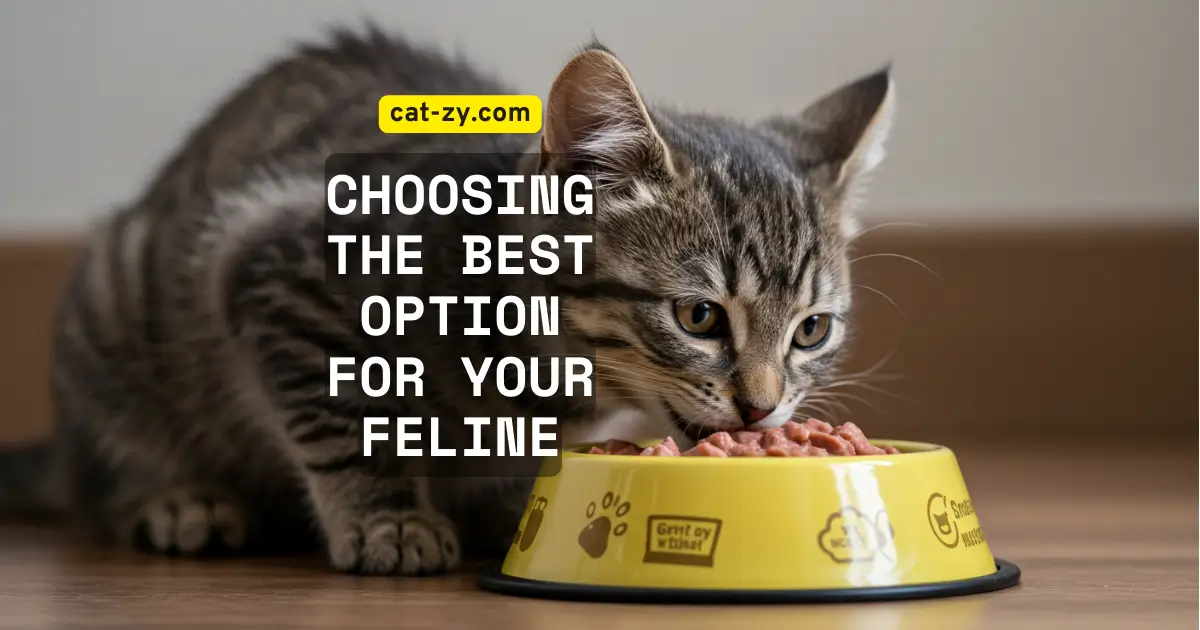
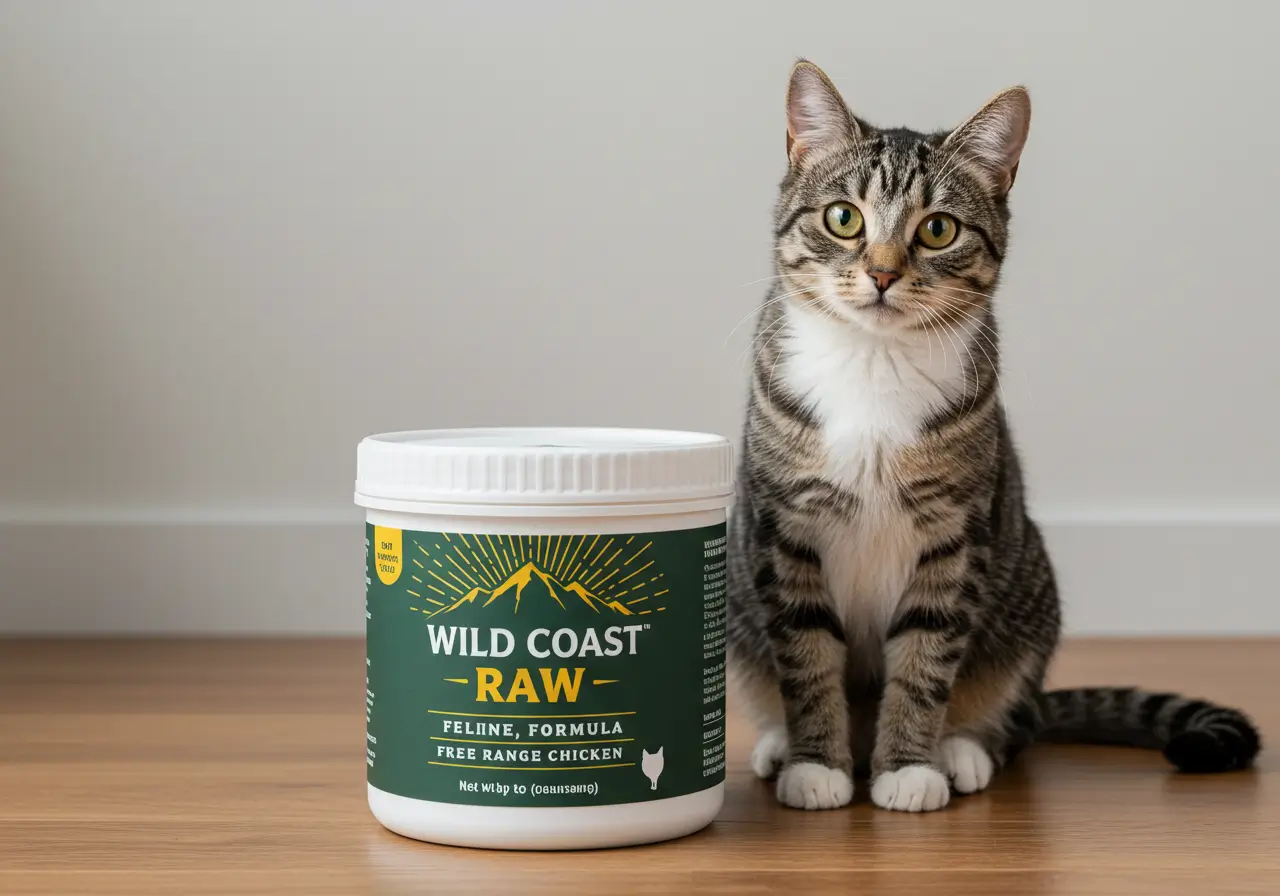
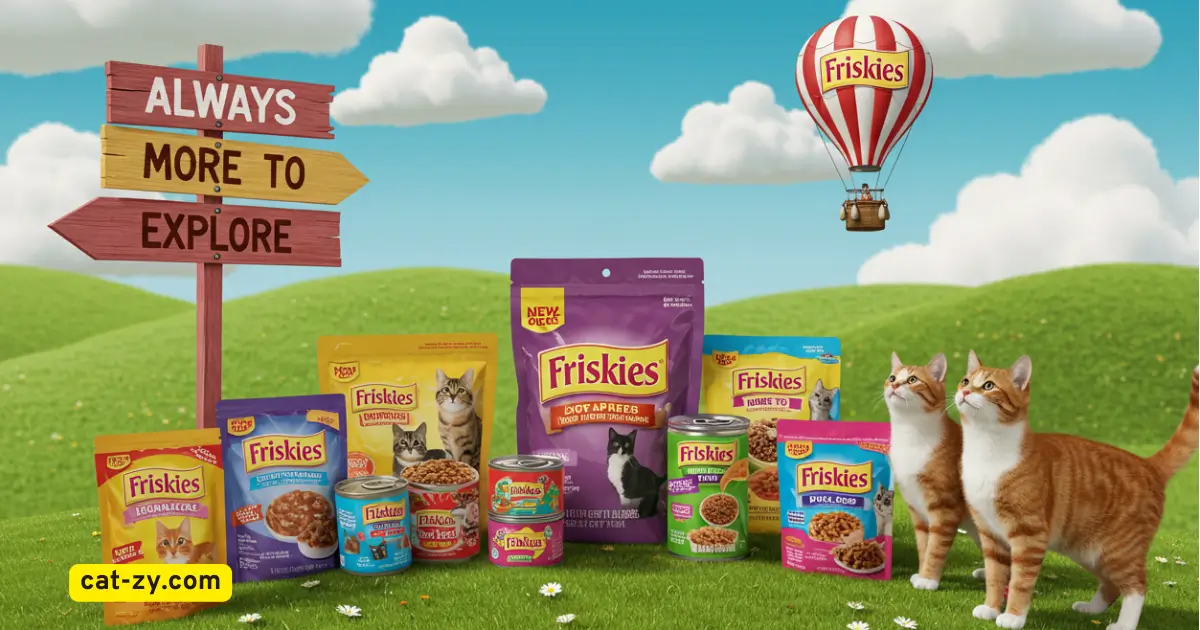
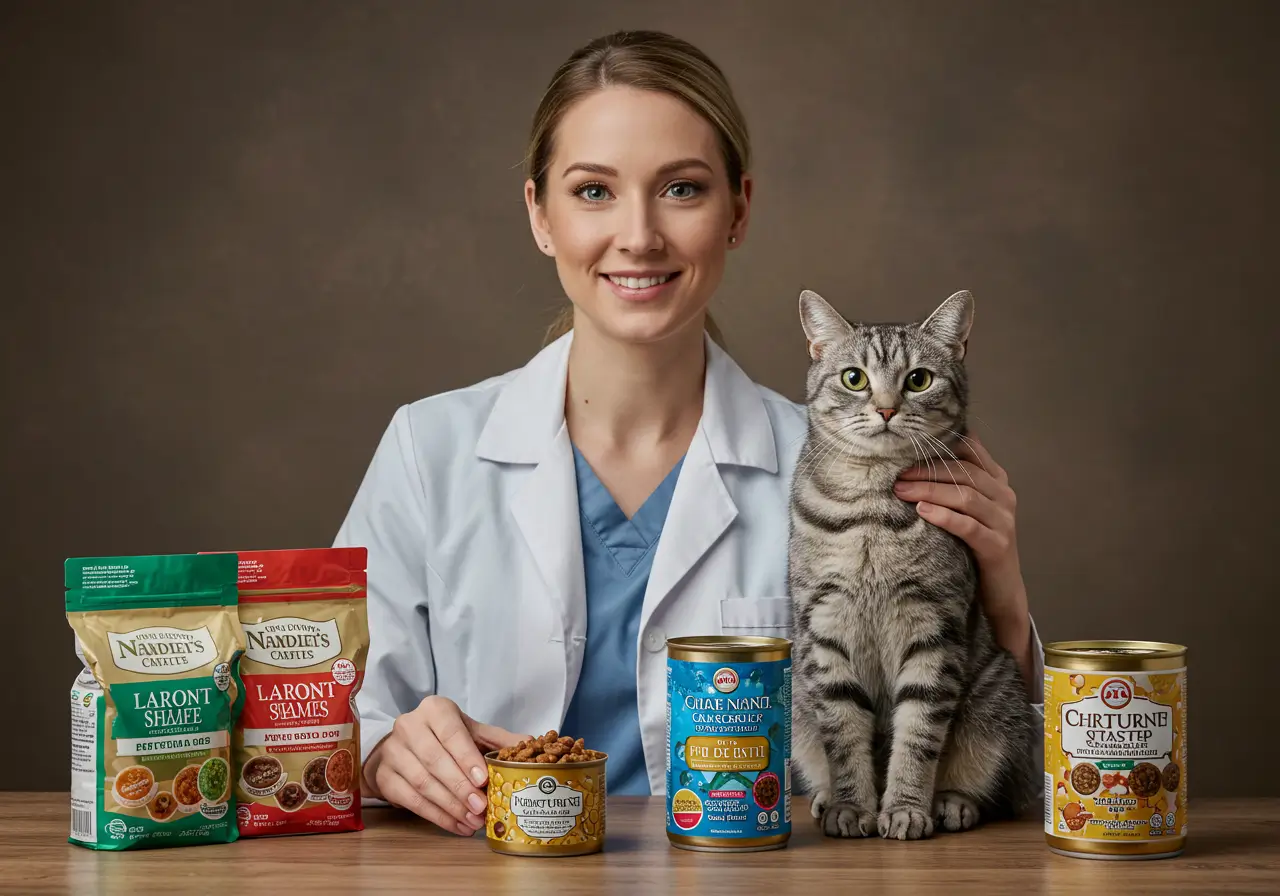
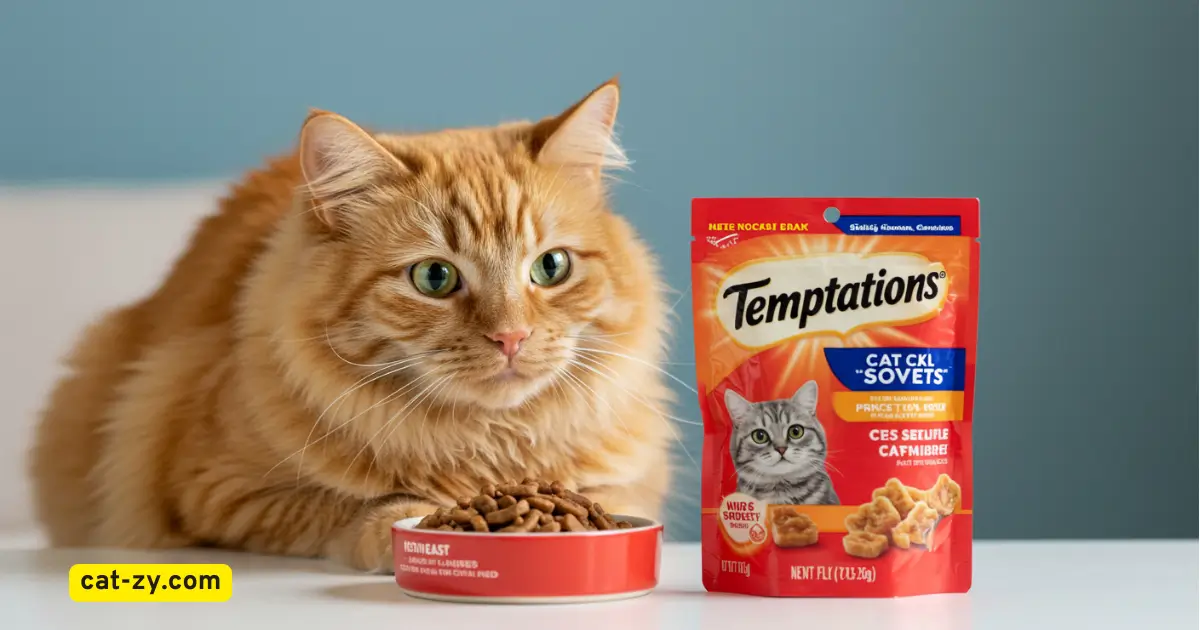
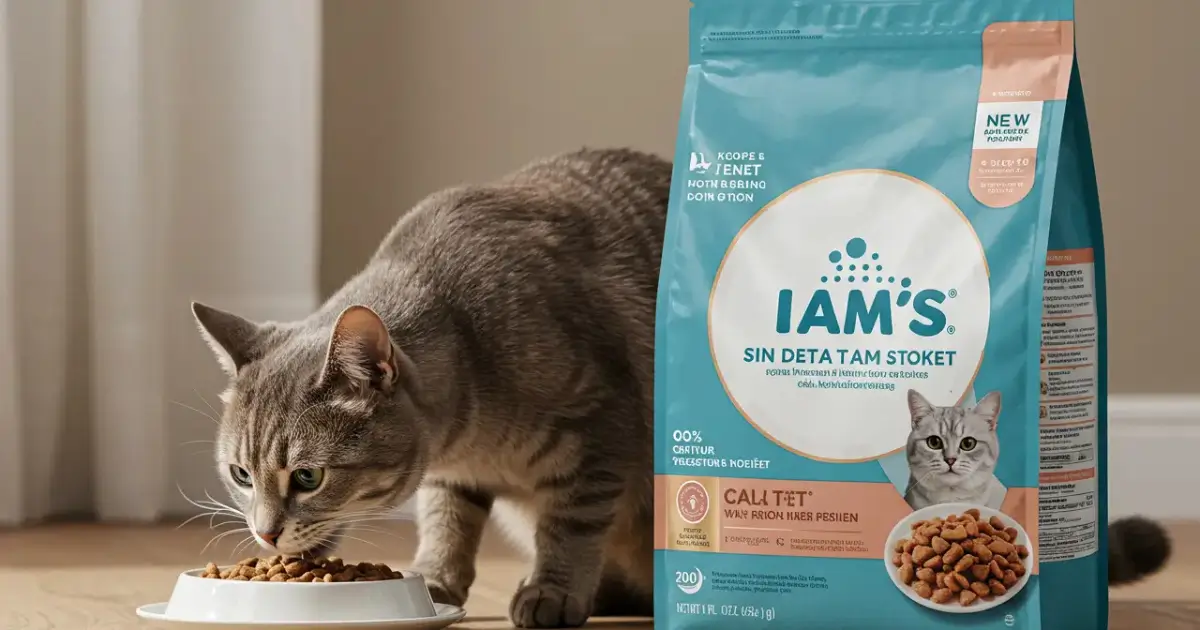
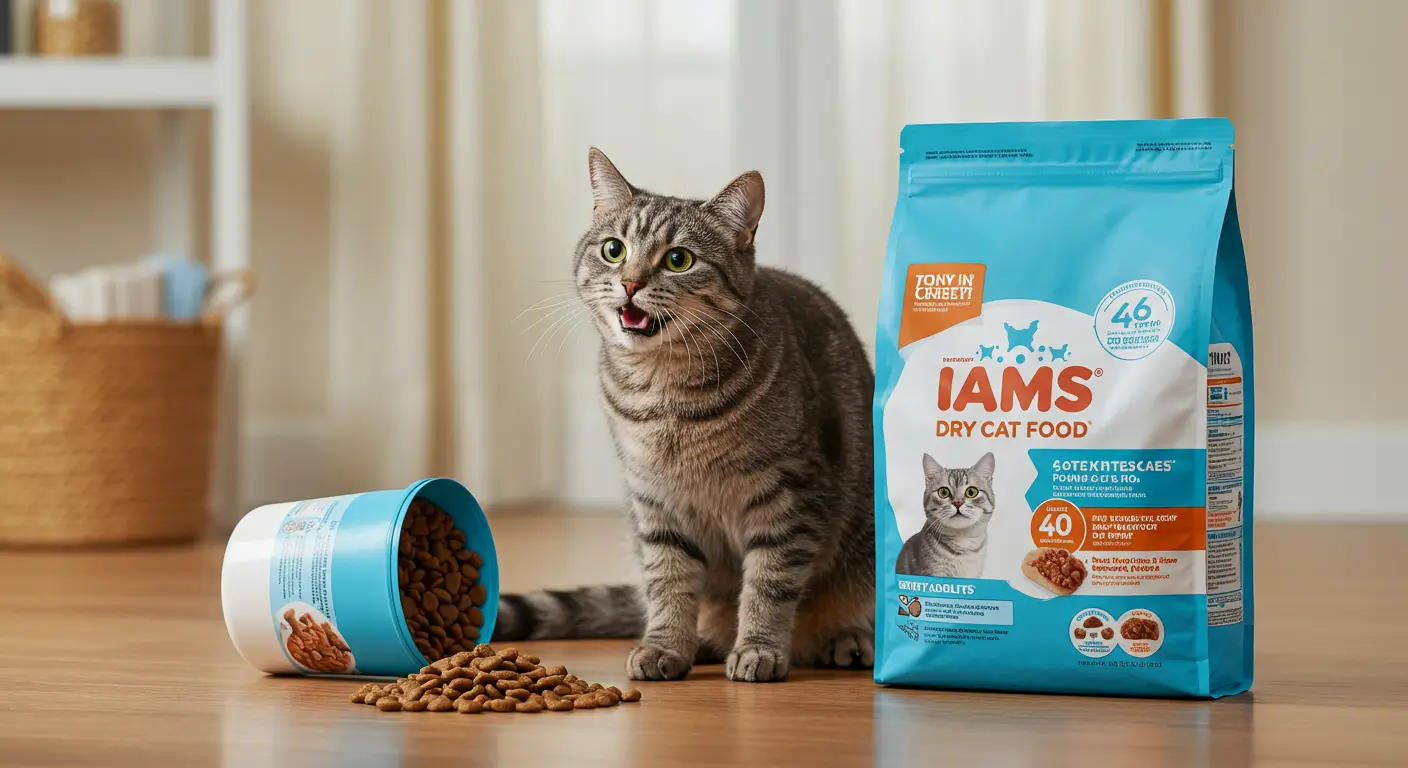
One Comment
Comments are closed.